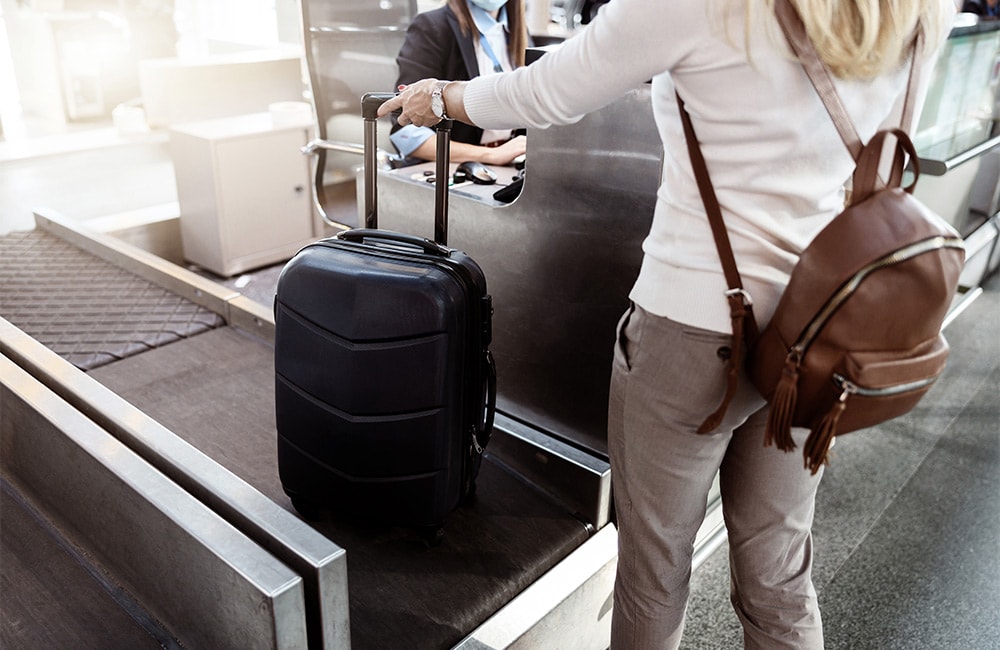CASE STUDY

Improving the check-in passenger experience: How Munich Airport reduced up to 64% of queues stretching into flow areas by utilizing space in front of unallocated counters.
Munich Airport
47.9 mill. passengers (2019)
203 Destinations
Munich Airport is an international airport serving Munich and Upper Bavaria. It is the second-busiest airport in Germany in terms of passenger traffic after Frankfurt Airport, and the ninth-busiest airport in Europe, handling 47.9 million passengers in 2019. It is the world’s 15th-busiest airport in terms of international passenger traffic, and was the 38th-busiest airport worldwide in 2018.
Introduction to the collaboration with Munich Airport.
Munich Airport (MUC) engaged with Copenhagen Optimization (CopOpt) with the aim of improving the passenger experience at check-in for Terminal 1.

The Challenge:
Munich Airport (MUC) engaged with Copenhagen Optimization (CopOpt) with the aim of improving the passenger experience at check-in for Terminal 1. Terminal 1 has almost 80 airlines operating with the largest airline having less than 20 flights a day. This makes check-in allocation and stakeholder management challenging – especially when it comes to reaping the benefits of self-service baggage drop.
The Solution: A check-in allocation study
An important conclusion from the study is that MUC, as the airport operator, should take a holistic view of the check-in process. This is done by influencing airlines to improve their check-in counter profiles to better match the arrival of passengers.
Additionally, MUC will allocate check-in counters and queue area independently. Through this, use of queue area will be improved, less queues will be stretching into the flow area as well as passenger wait times will be reduced.
Outcome achieved:
- Queue management – taking advantage of queue area in front of unallocated counters – can reduce up to 64% of queues stretching into the flow area.
- Building the base for fact-based performance evaluation.
- Demonstrated how operational data can be applied to produce accurate input parameters.
- Outlined how the airport operator should take a larger, more holistic view to the passenger experience in check-in to support improvement.
Heathrow airport
Toronto airport
Stockholm airport
Copenhagen airport
We look forward to hearing from you
We know that investing in and implementing new airport technology can result in a lot of questions. We will happily guide you through the process and answer all your questions.
To see if there is a fit, we offer an obligation free demo of our Better Airport software for you to experience it.

![copopt-logo-medium-NEG[32862] CopOpt logo](https://copenhagenoptimization.com/wp-content/uploads/elementor/thumbs/copopt-logo-medium-NEG32862-qcz6wm6b4wme6wbhpambduu6xnagsparzkj3wc1o20.png)